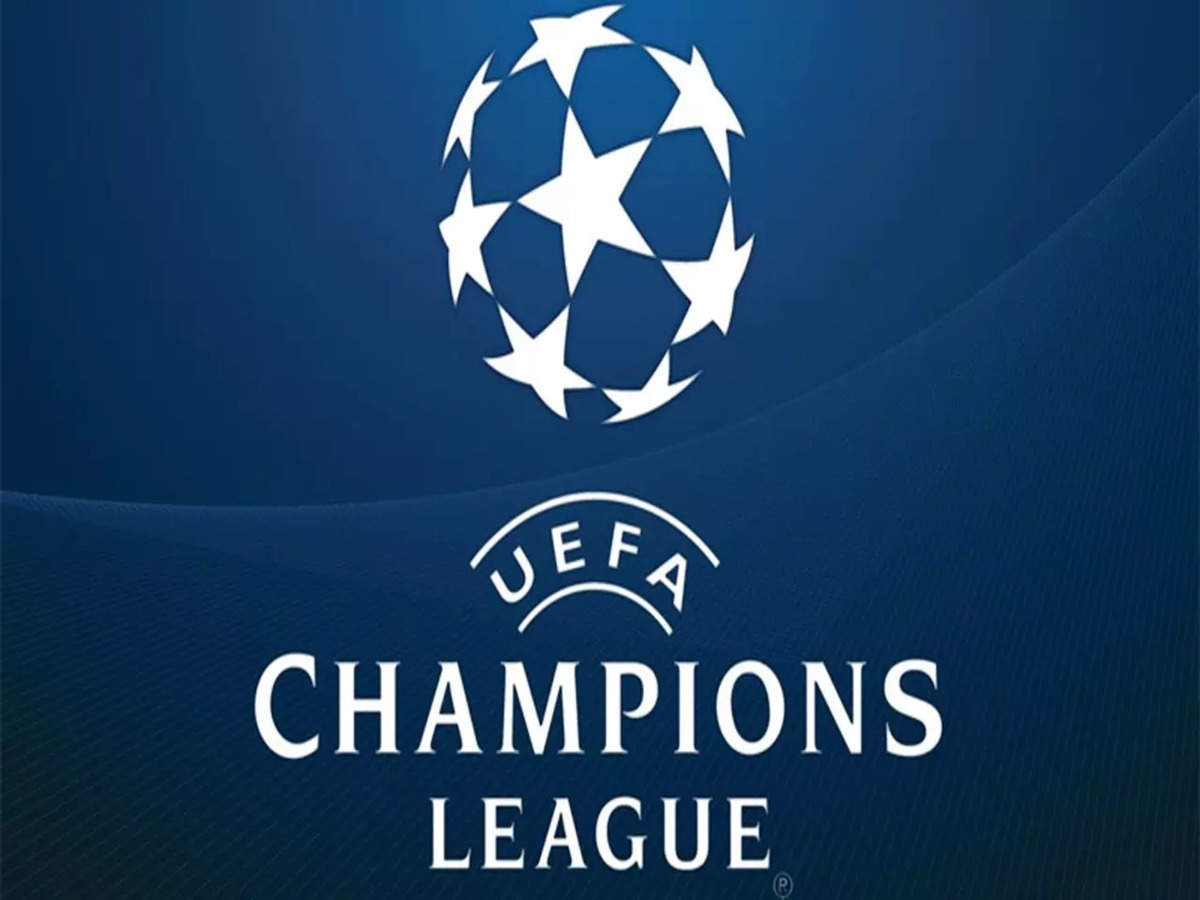Introduction
Hockey game, A variety of team sports played on ice, fields, or dry floors are together. All variants feature two teams utilizing sticks to move a puck or ball into the opponent’s goal, however the rules and equipment differ. Ice hockey, field hockey, roller hockey, and floor hockey are among the varieties. Some people skate, whereas others don’t. Two notable versions are ringette, which was invented in 1963, and a type of floor hockey that was devised in 1936. Although they are comparable, related games like lacrosse, hurling, and shinty are not categorized as hockey.
In Richard Johnson’s book Juvenile Sports and Pastimes from 1773, the word “hockey” made its debut. A controversial translation of an English statement from 1363 is frequently associated with hockey. The term “hockey” itself has an ambiguous origin; it may have come from the Middle French word hoquet, which means a shepherd’s stave, or from the word “hock,” which refers to a kind of ale. Early hockey games may have used cork stoppers from barrels.
Modern usage
In most of the world, “hockey” refers to field hockey; however, in much of Eastern and Northern Europe, the United States, Canada, and Russia, it frequently refers to ice hockey. Depending on the area, “hockey” might refer to floor hockey, roller hockey, bandy, field hockey, or ice hockey. An early form of ice hockey called bandy was renamed to separate it from ice hockey. Originally developed in the 1960s for players with disabilities, sledge hockey is today known as “Para-ice hockey.”
There are ancient images of games involving bent sticks and balls in Egypt, Ireland, and Greece. For approximately a millennium, the Daur people of Inner Mongolia have engaged in a game akin to hockey. Ireland’s medieval legislation, such as the 1527 Galway Statute, outlawed games involving “hooked” sticks. These games developed into the unique sports we know today by the 19th century, when formal organizations began to set rules and oversee tournaments.
Subtypes
Bandy
Football and bandy are similar sports played on a big ice rink with a ball and set of regulations. It came from England in the 19th century, traveled throughout Europe, and is currently well-liked in Sweden and Russia. It was overseen by the Federation of International Bandy from 1957 until its recognition by the IOC. There have been Women’s World Championships since 2004 and Bandy World Championships since 1957. There are also a lot of national and international club competitions, like the yearly Bandy World Cup.
Field hockey
Field hockey game is a ball game played on different surfaces using a hard, tiny ball. It involves single-sex or mixed-sex teams and is popular throughout the world, but particularly in Europe, Asia, Australia, New Zealand, South Africa, and Argentina. The sport is governed by the International Hockey Federation (FIH). With the exception of 1912 and 1924, men’s and women’s field hockey has competed in the Olympics since 1908 and 1980, respectively. These days, sticks are composed of composite materials, have a J form, and can only be used by people who are right-handed. First established in 1849 at Blackheath, the club has its roots in 18th-century England. The national sport of Pakistan is field hockey.
Ice hockey
Two teams of skaters use a 3-inch rubber puck to play ice hockey game. It is the most popular sport in Canada, Finland, Latvia, the Czech Republic, and Slovakia. It is well-liked throughout North America and Europe. Ice hockey, the official winter sport of both Latvia and Canada, is overseen globally by the IIHF. The Winter Olympics have featured ice hockey for men since 1924 and women since 1998. The highest professional league, the NHL, has slightly different rules than those used in international competition. A variety of stick-and-ball activities gave rise to this Canadian game, which was first observed indoors in Montreal in 1875. For left- or right-handed players, ice hockey sticks are bent, L-shaped, and constructed of wood or composite materials.
Para ice hockey
“Para ice hockey,” sometimes known as ice sledge hockey, is intended for participants with lower body impairments. With rules akin to traditional ice hockey, players pass, shoot, and propel themselves using double-bladed sledges and sticks with blades and picks. When it comes to sledge hockey equipment development, Canada has led the way. Played with inline skates and according to the regulations of inline puck hockey, inline sledge hockey is modeled after ice sledge hockey. Because there is no system of classification, anyone can play regardless of ability level. Great Britain is a leading factor in the development of organized gaming; the first organized game was played in England in 2009, and Matt Lloyd is credited as its originator.
Roller hockey (inline)
Originating from ice hockey, inline hockey involves the use of inline skates together with a ball or puck. While the ball type is more popular in Europe, the puck variant is more prevalent in North America. Two teams of four skaters each, plus a goalkeeper, compete in three 15-minute sessions on a dry rink. It is played under rules akin to ice hockey, including icing and offside calls. The sport is governed by the International Ice Hockey Federation (IIHF), while several leagues, such as USA Inline and Canada Inline, have their own rules.
Roller hockey (quad)
Roller hockey is the general term for a roller sport that uses quad skates. It is also referred to as “rink hockey,” “international-style ball hockey,” “quad hockey,” and “Hoquei em Patins.” It was around long before inline skates were created. The sport has a global fan base and is played in more than sixty nations. A demonstration sport in 1992 for the Summer Olympics in Barcelona was roller hockey.
Street hockey
A ball is used in place of a puck in road hockey, a dry-land variation of ice and roller hockey that is played all year round on asphalt without the need for protective gear.






